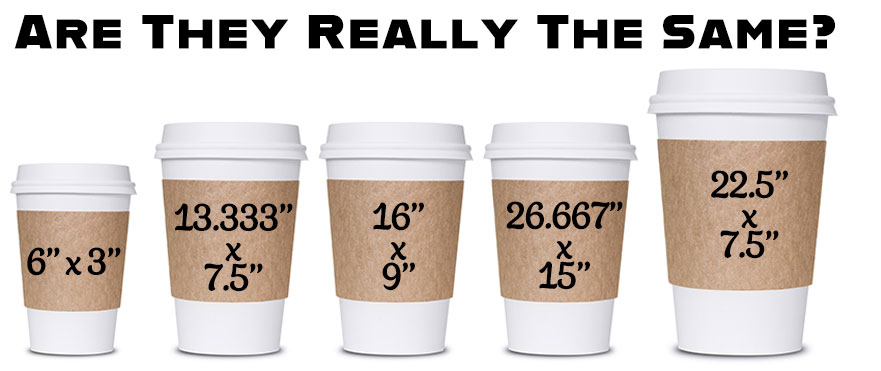
“16×9″ is an aspect ratio, not a size (although, if it is 16″ x 9” it can be a size…). “16×9” is the current standard HD rectangle shape, or aspect ratio used by almost all computer monitors, projectors, TVs, etc.
When coordinating presentations for a multi-presenter event, the goal is to string all of the Microsoft PowerPoint presentations into a single master presentation. The behind-the-scene-settings of the actual page size of each presentation is really-really important. And the industry standard is PowerPoint’s standard page size for “16×9″ which is 13.333″ wide by 7.5” tall.

As example, there are 5 presenters. The 5 presentations are all “16×9” but they have the following page sizes:
- 13.333×7.5″ (Microsoft PowerPoint standard page size)
- 16″x9″ (a literal interpretation of “16×9”)
- 10×5.625″ (legacy PowerPoint widescreen page size – this is old!)
- 10×5.625″ (Google slides presentation converted to PowerPoint – why is this the Google setting?)
- 26.667×15″ (Apple Keynote presentation converted to PowerPoint)
While all of these files are a 16×9 aspect ratio, combining them into a Microsoft PowerPoint single file can become a nightmare. Merging different page sizes will create issues such as text boxes changing size and changing text line wraps, content being out of position and alignment, master slide logos and other art becoming distorted, and overall creates a situation where slides do not display as expected.
There is no easy fix for this scenario, it’s a manual process of updating the presentations page sizes and reviewing for edit needs before merging – ugh.
The takeaway for presenters is that the behind-the-scenes presentation setup can have big impacts on how your slides are displayed. And for presentation designers, be aware of checking presentation page sizes, because miss-matched sizes can create many content layout issues.
Troy @ TLC
